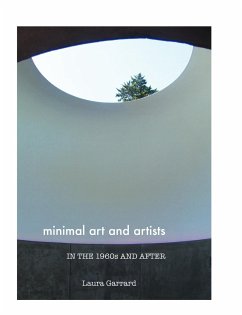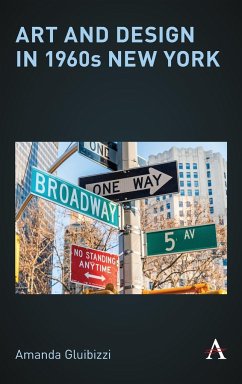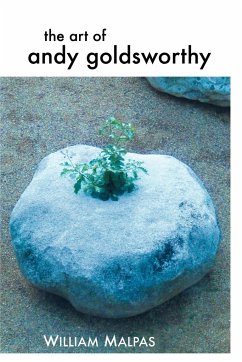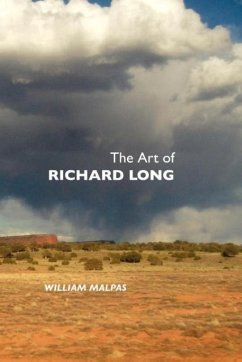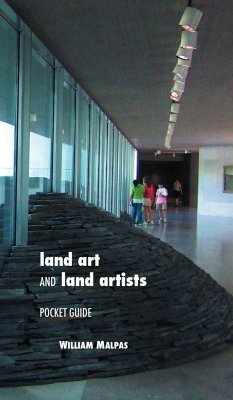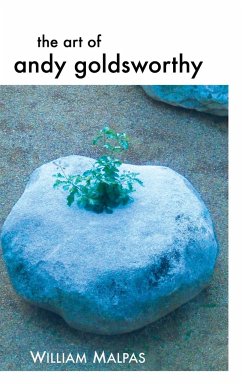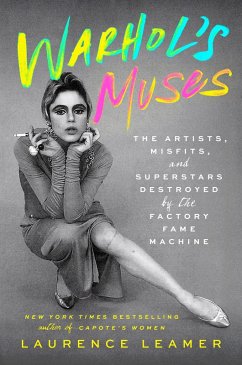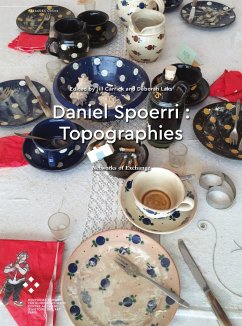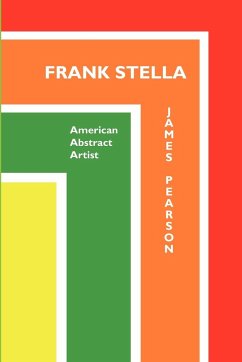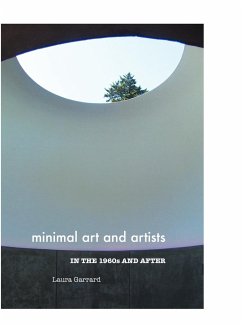
Minimal Art and Artists in the 1960s and After

PAYBACK Punkte
21 °P sammeln!
MINIMAL ART AND ARTISTS This book is is a study of Minimal art and artists, particularly painters, sculptors, 3-D, installation and land artists. All of the key practitioners and theoreticians of the still-influential 1960s Minimal art movement and style are studied here: Donald Judd, Robert Morris, Carl Andre, Frank Stella, Robert Ryman, Robert Smithson, Brice Marden, Dan Flavin, Eva Hesse, Sol LeWitt, and many land artists (such as Robert Smithson, Christo, James Turrell and Michael Heizer). Chapters include: Minimal aesthetics; Minimal painting and painters; Minimal sculptors and sculpture;...
MINIMAL ART AND ARTISTS This book is is a study of Minimal art and artists, particularly painters, sculptors, 3-D, installation and land artists. All of the key practitioners and theoreticians of the still-influential 1960s Minimal art movement and style are studied here: Donald Judd, Robert Morris, Carl Andre, Frank Stella, Robert Ryman, Robert Smithson, Brice Marden, Dan Flavin, Eva Hesse, Sol LeWitt, and many land artists (such as Robert Smithson, Christo, James Turrell and Michael Heizer). Chapters include: Minimal aesthetics; Minimal painting and painters; Minimal sculptors and sculpture; Minimal art and land artists; and Minimal art today. Fully illustrated. 232 pages. Large format. The text has been fully revised for this edition, with new illustrations added. www.crmoon.com. The Minimal artists did not consider themselves a group; they did not produce manifestos; they did not agree on æsthetics or working practices (though some were friends); they tended not to be directly involved in political art (Minimal art was more conservative than counter-culture); and they disliked the term 'minimalism'. It tended to be the critics (as usual) who came up with the terms for the new art. Lucy Lippard used the term 'structurist', 'dematerialization' and 'eccentric abstraction'; Michael Fried had 'literalist' and 'objecthood'; Peter Hutchinson used 'Mannerist'; Barbara Rose coined 'ABC Art'; Lawrence Alloway had 'systematic painting'; Robert Morris took up 'unitary forms' and 'anti-form'; and Donald Judd employed 'speci¿c objects'. Probably the premier Minimal artist (and philosopher) is Donald Judd; Judd stands at the centre of Minimal art, and no account of Minimalism is complete without placing Judd in the foreground. Robert Smithson, Frank Stella, Donald Judd, Ad Reinhardt, Robert Morris and Carl Andre have been among the most lucid of theorists among artists. In the 1960s and 1970s, it seemed as if every artist went through a Minimal period at some time in their career, as well as a painting-as-sculpture period, and a brush with performance art (and perhaps body art). Both a Conceptual art phase and an on-going installation art preoccupation were mandatory for contemporary artists, it seems. All contemporary art can be viewed as basically Conceptual art, and a increasing proportion of it is installation art.



